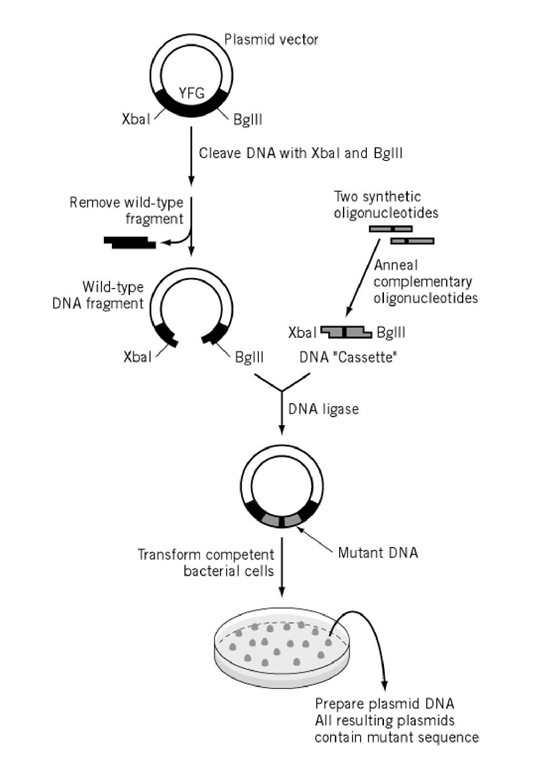
(1993) A new method to detect apoptosis in paraffin sections: in situ end-labeling of fragmented DNA. (1993) In situ end-labeling detects DNA strand breaks in apoptosis and other physiological and pathological states. (1983) Construction of a plasmid that overproduces the large proteolytic fragment (Klenow fragment) of DNA polymerase I of Escherichia coli. (1970) Selective elimination of the exonuclease activity of the deoxyribonucleic acid polymerase from Escherichia coli B by limited proteolysis. Of these applications, end-labeling DNA with a 5′-overhang by Klenow has been developed into an in situ technique for the detection of DNA breaks using incorporation of modified nucleotides that may then be detected and visualized by a variety of direct and indirect methods. Applications using Klenow include: end-filling and end-labeling DNA with a 5′-overhang, labeling single stranded DNA by random priming, chain termination sequencing, second strand cDNA synthesis, second strand synthesis in site directed mutagenesis, and production of single stranded probes by primer extension. Klenow lacks the 5′–3′ exonuclease activity of DNA polymerase I, but retains both the 3′–5′ exonuclease activity, which degrades single stranded or double stranded DNA from a 3′−OH terminus, and the displacement activity of the intact polymerase (3). To polymerize the addition of nucleotides to the 3′-OH end of DNA, Klenow requires a single stranded DNA template and a DNA or RNA primer with a 3′−hydroxyl terminus. Klenow is now usually obtained as a recombinant protein expressed from a truncated polA gene (2).

The Klenow fragment of DNA polymerase I, first described by Klenow and Henningson in 1970 (1), consisted of a 75 kDa proteolytic fragment of the Kornberg polymerase of Escherichia coli.


 0 kommentar(er)
0 kommentar(er)
